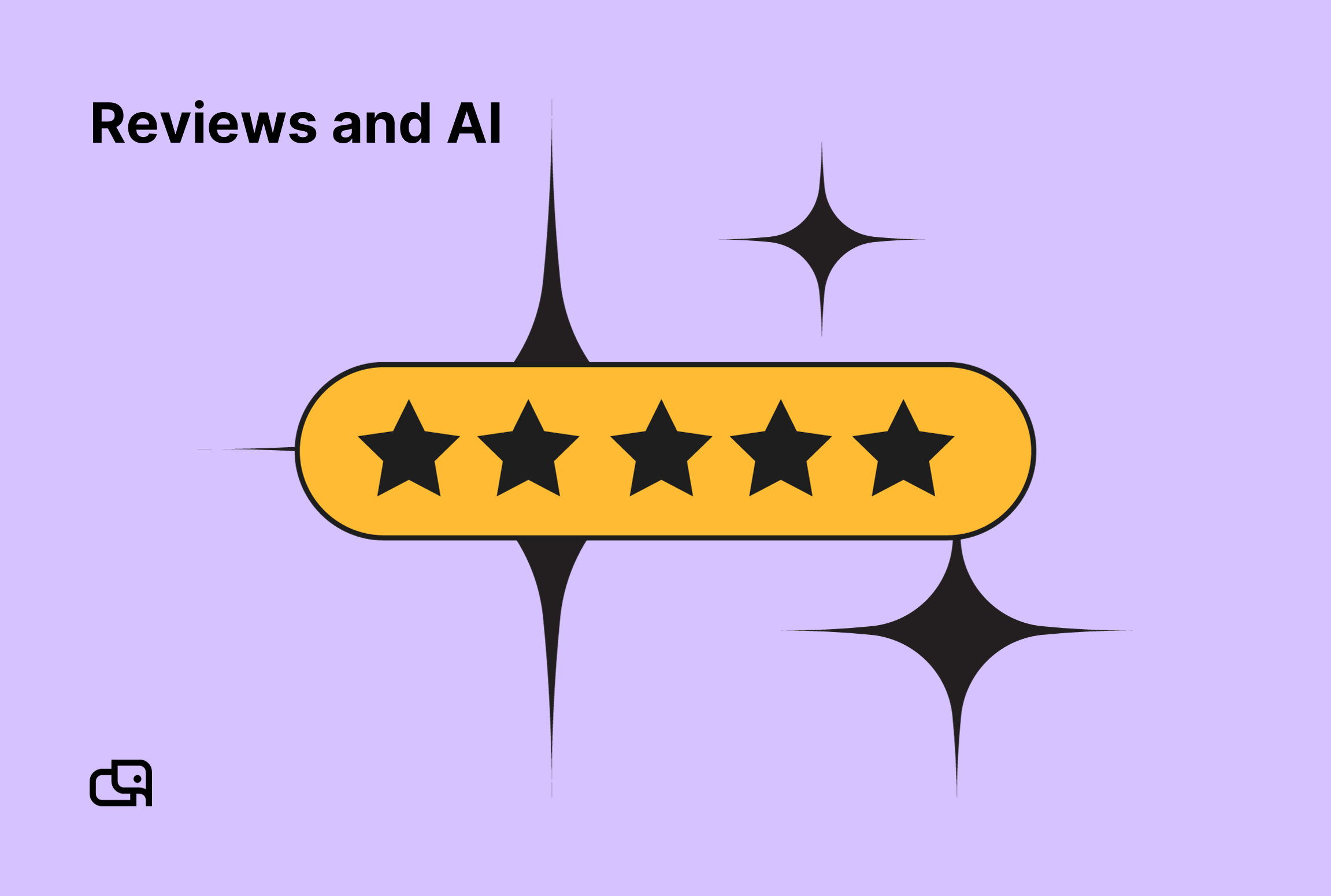How To Analyze Survicate Customer Reviews With AI?

In the digital age, customer feedback is a goldmine of information for businesses. It provides valuable insights into customer satisfaction, product performance, and areas for improvement. One of the most popular platforms for collecting this feedback is Survicate, a user-friendly tool that allows businesses to gather and analyze customer reviews. But with the vast amount of data collected, how can businesses efficiently analyze these reviews? The answer lies in Artificial Intelligence (AI).
Understanding the Power of AI in Analyzing Customer Reviews
AI has revolutionized the way businesses handle data. With its ability to process and analyze large volumes of information quickly and accurately, it has become an indispensable tool in the world of customer feedback analysis. According to a report by Markets and Markets, the AI market is expected to grow to $190.61 billion by 2025, reflecting its increasing adoption in various industries.
When applied to customer reviews, AI can help businesses understand their customers' sentiments, preferences, and pain points more deeply. It can identify patterns and trends in the feedback, providing actionable insights that can drive business growth. A study by MIT Sloan Management Review found that businesses that leverage AI in their operations achieve 3-7% higher profit margins than their competitors.
The Process of Analyzing Survicate Customer Reviews with AI
Step 1: Data Collection
The first step in analyzing Survicate customer reviews with AI is data collection. Survicate provides various tools for collecting customer feedback, including online surveys, email surveys, and in-app surveys. The data collected from these sources forms the basis for the AI analysis.
It's important to note that the quality of the data collected will significantly impact the accuracy of the AI analysis. Therefore, businesses should ensure they ask relevant and clear questions in their surveys to gather meaningful feedback.
Step 2: Data Preprocessing
Once the data is collected, the next step is preprocessing. This involves cleaning the data and converting it into a format that can be easily processed by the AI algorithms. This step is crucial as it removes any noise or irrelevant information from the data, ensuring the AI analysis is accurate and reliable.
Data preprocessing typically involves tasks such as removing duplicates, handling missing values, and normalizing the data. It may also involve text preprocessing techniques such as tokenization and stemming, especially when dealing with text-based customer reviews.
Step 3: Sentiment Analysis
After preprocessing, the AI can now analyze the data. One of the most common methods of analyzing customer reviews is sentiment analysis, also known as opinion mining. This involves using AI to determine the sentiment expressed in the reviews, whether positive, negative, or neutral.
According to a report by Grand View Research, the global sentiment analysis market size was valued at $4.1 billion in 2020 and is expected to grow at a compound annual growth rate (CAGR) of 20.2% from 2021 to 2028. This growth is driven by the increasing need for businesses to understand their customers' sentiments and improve their products and services accordingly.
Step 4: Topic Modeling
Beyond sentiment analysis, AI can also perform topic modeling on the customer reviews. This involves identifying the main topics or themes discussed in the reviews. For instance, if many customers are talking about the product's price, the AI will identify 'price' as a key topic.
Topic modeling can provide valuable insights into what aspects of the product or service customers care about most. It can also highlight areas where the business is doing well and areas that need improvement.
Benefits of Analyzing Survicate Customer Reviews with AI
There are several benefits to analyzing Survicate customer reviews with AI. First, it saves time and resources. Manually analyzing customer reviews can be a time-consuming and labor-intensive process, especially for businesses with a large customer base. AI can automate this process, freeing up resources for other tasks.
Second, it provides deeper insights. AI can analyze data at a much deeper level than humans, identifying patterns and trends that may not be apparent at first glance. This can lead to more informed business decisions and strategies.
Finally, it enhances customer satisfaction. By understanding their customers' sentiments and preferences, businesses can tailor their products and services to meet their customers' needs, leading to higher customer satisfaction and loyalty.
Conclusion
In conclusion, AI offers a powerful solution for analyzing Survicate customer reviews. It not only automates the process but also provides deeper and more actionable insights. As AI technology continues to advance, we can expect it to play an even bigger role in customer feedback analysis in the future.


.png)
